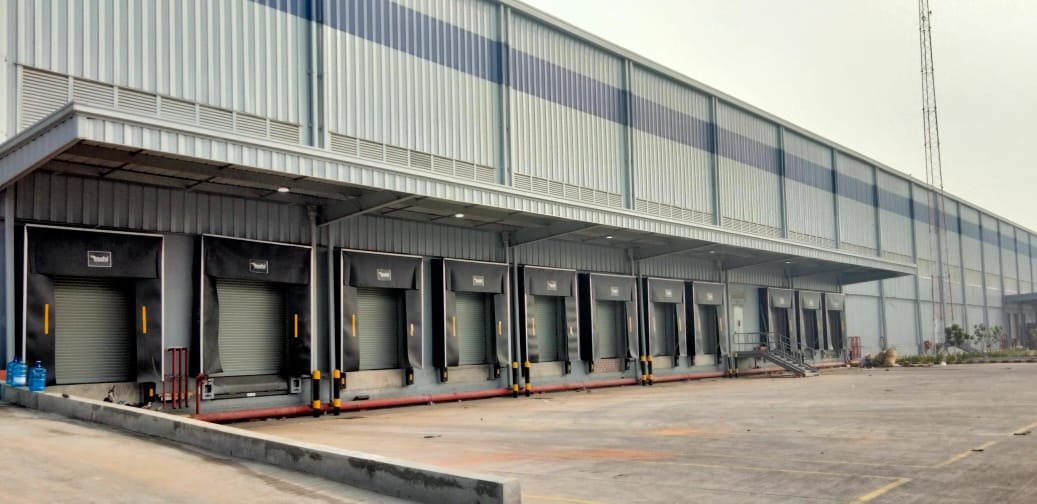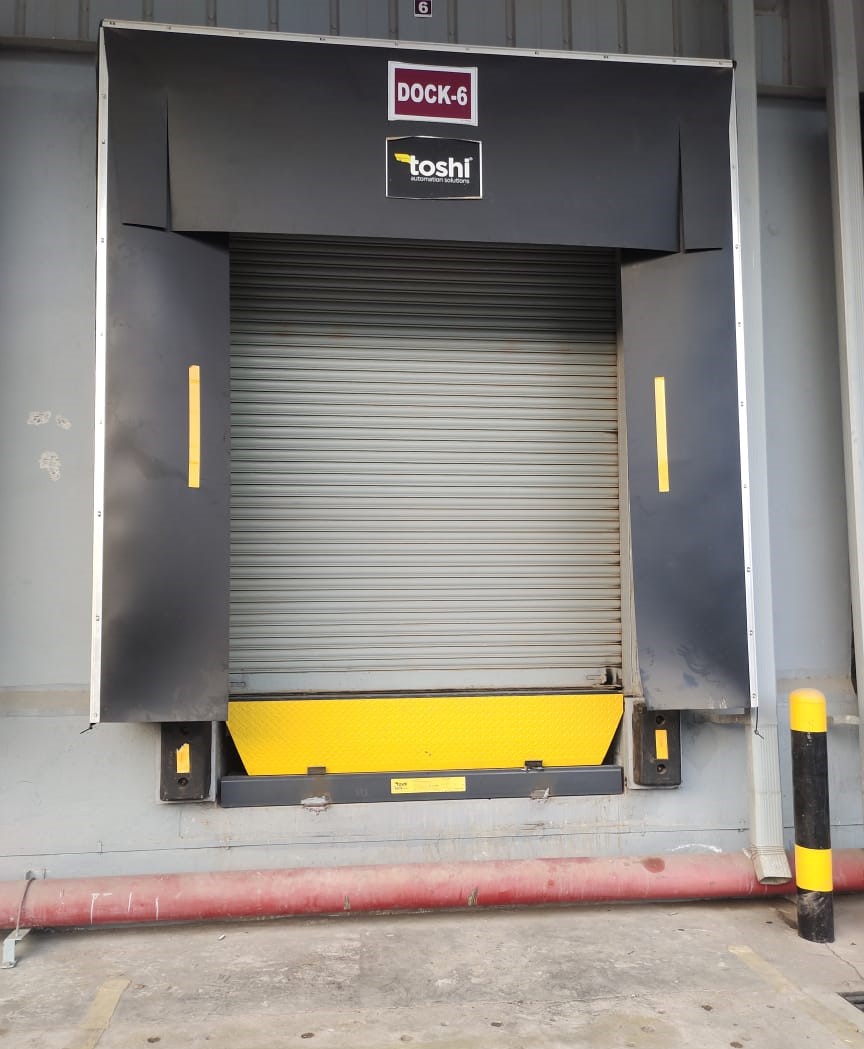Having well-optimized processes is the backbone of efficient warehouse operations. One critical component that is frequently overlooked is the dock shelter. These security solutions seal a warehouse from scammers casing delivery trucks, which helps on several fronts. The company aims to improve this by incorporating dock shelters that are vital in the modern warehouse arena, reducing energy loss, improving safety, and securing product stock.
Warehouse efficiency can be greatly enhanced by the use of dock shelters. In this article, we discuss the types of dock shelters available, dock shelter benefits to your business, and how to improve warehouse efficiency.
What Are Dock Shelters?
Dock shelters are protective structures installed at loading docks. They create a tight seal between truck trailers and warehouses to keep dirt, debris, and brutal weather from entering the buildings. Dock shelters are also constructed with solid material like PVC or coated fabric that can withstand the rugged reality of a warehouse.
The Advantages of Dock Shelters for Warehouse Efficiency
This can improve efficiency in a few key areas:
- Energy Saving with Money Saving
Open loading bays allow large volumes of air to enter and leave, losing heat in winter and losing cooling in summer. That makes HVAC systems work harder, which increases energy costs. Dock shelters close those gaps around trailers, which helps to prevent heat or air from your facility from being lost, stabilizing temperatures indoors and ultimately allowing for reduced energy costs.
- Enhanced Inventory Protection
Warehouses make it necessary to have inventory that could even get spoiled because of environmental conditions. Dock shelters provide a barrier to moisture, dust, and pests, helping to maintain product quality. This is important for industries that handle perishable goods, pharmaceuticals, or electronics where environmental control is of critical importance to product integrity.
- Improved Operational Flow
Dock shelters not only allow professionalism while eliminating disturbances that occur after goods start entering the building but also enhance workplace efficiency by helping to stabilize indoor temperatures by reducing the influx of wind/rain into the building. This allows employees to load and unload trucks more quickly without slipping or being caught off guard by sudden gusts or wet surfaces.
- Worker Safety and Comfort
Loading docks are high-risk areas—especially during bad weather. Dock shelters limit these types of risks and act as a barrier against wet weather conditions like rain, snow, and strong winds. Dock shelters improve health and enhance the productivity of personnel by improving visibility and maintaining comfortable temperatures within the building.
- Adherence to Industry Standards
Temperature and hygiene controls are paramount for regulated industries—food and pharmaceuticals—in chilled storage. However, dock shelters can provide a sealed environment that enables warehousing to meet these specifications, reduce contamination risk, and maintain stable storage conditions.
Types of Dock Shelters
The right dock shelter should be selected to maximize efficiency. The three main types are:
- Retractable Dock Shelters
Five flexible shelters with a retractable frame accommodate different truck sizes and can be adjusted to seal consistently. They are intended to conserve energy with lower air leaks for warehouses that deal with different types of vehicles.
- Rigid Dock Shelters
Heavy-duty side curtains and a solid frame make rigid dock shelters especially well suited for warehouses with uniform truck sizes and high-throughput loading docks. Also, they are hardy enough to withstand heavy use over extended periods, which makes them a perfect fit for busy facilities.
- Inflatable Dock Shelters
Air-inflated chambers are used to make an airtight seal around trailers with inflatable dock shelters. These are great for temperature-controlled warehouses that store sensitive products like frozen foods or pharmaceuticals.
Essential features of the dock shelters to look for
When selecting a dock shelter, heeding these aspects can help ensure efficiency:
- Warehouse Environment: Evaluate your facility’s exposure to wind, rain, or temperature fluctuations.
- Truck Traffic: Heavy traffic facilities may benefit most from rigid dock shelters that are designed to perform reliably over the long haul.
- Sensitivity of Product: Inflatable dock shelters are suitable for environmentally controlled warehouses.
- Flexibility: With limited space, retractable models are ideal for your warehouse.
Installation and Maintenance
In order for them to work properly, dock shelters need to be properly installed. Because it’s being put in by professionals, it’ll be a tight fit with little gaps. Regular maintenance is also vital—inspecting for tears, wear, or broken frames to keep dock shelters working hard and long-lasting.
Conclusion
They provide a great means to turn for improvement of warehouse efficiency. They lower energy costs, increase safety, safeguard inventory, and improve work conditions. By getting to know the right dock shelter and maintaining it in a good state, companies can make a lot of progress in their warehouses.
Investing in quality dock shelters is therefore a smart investment for automation professionals—preparing them to deal with warehouse management safely and efficiently over the long haul.

